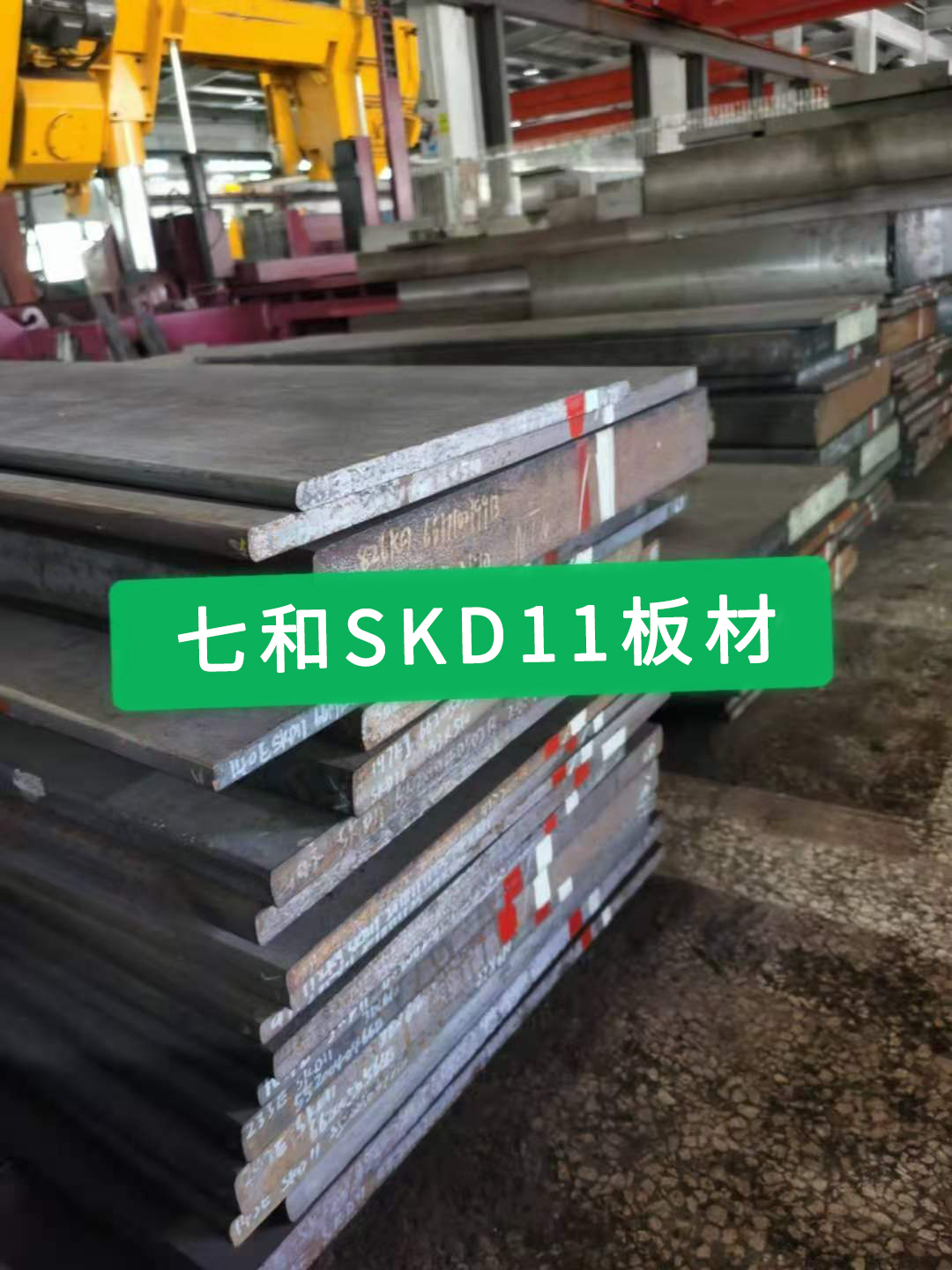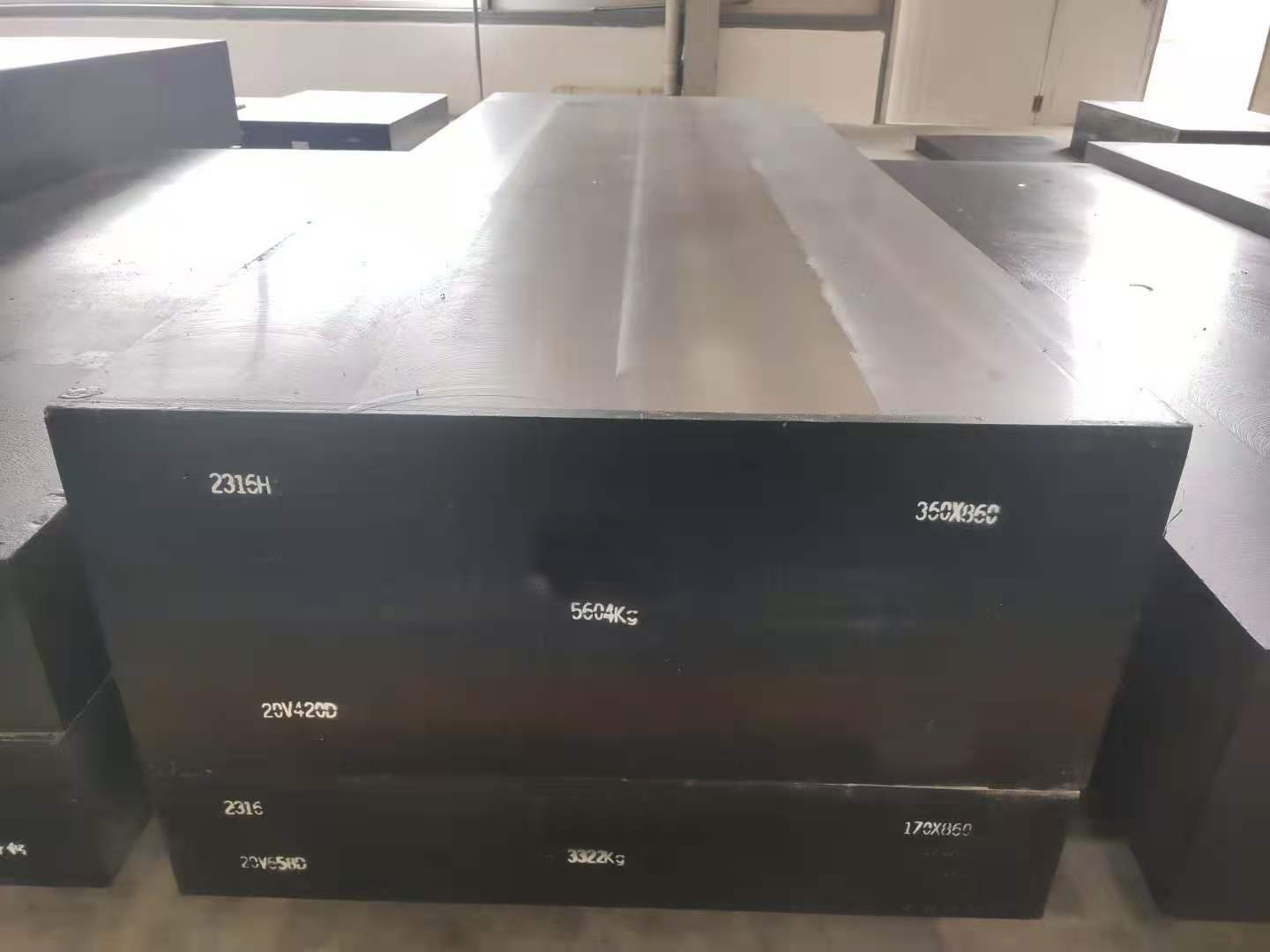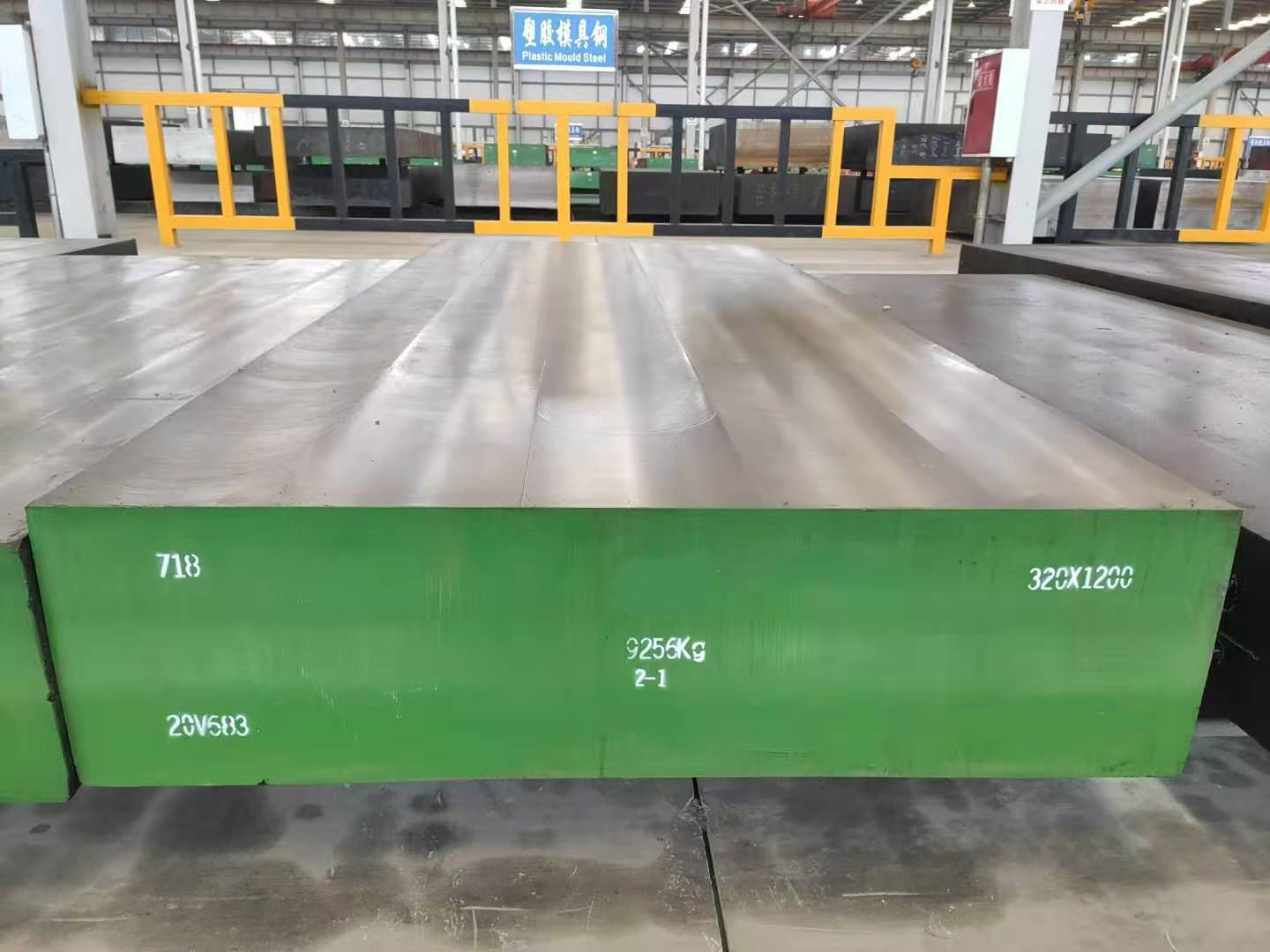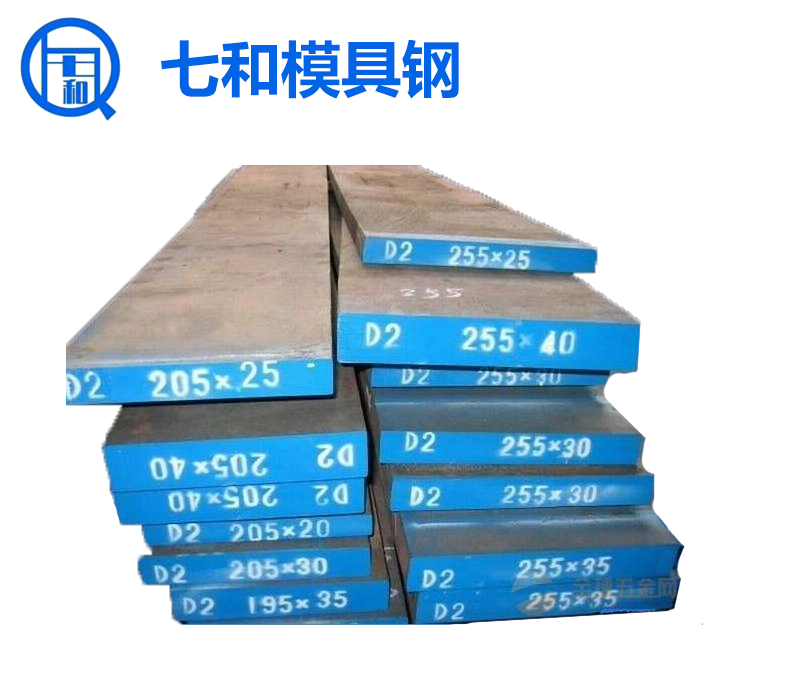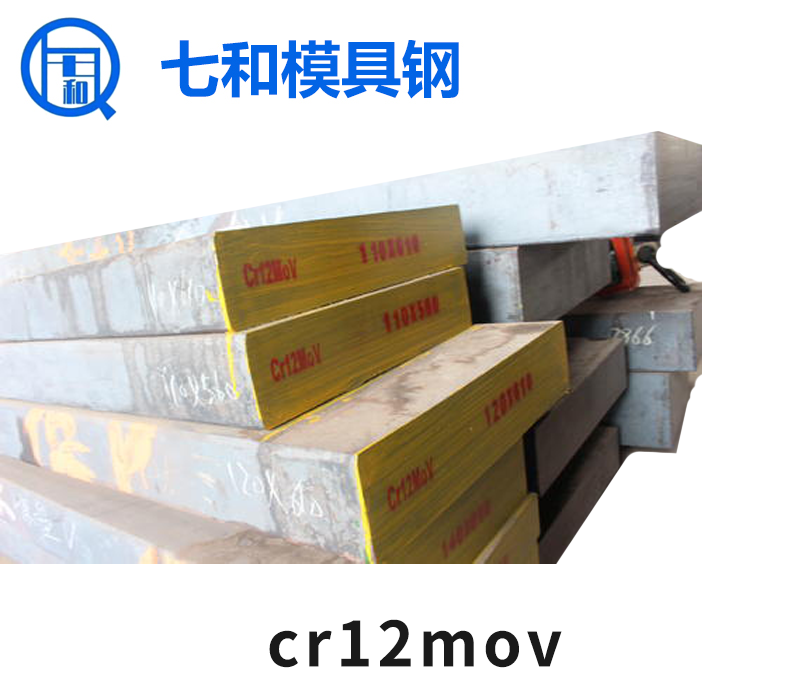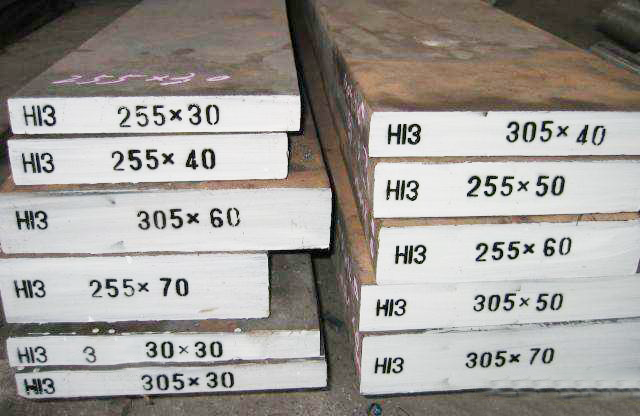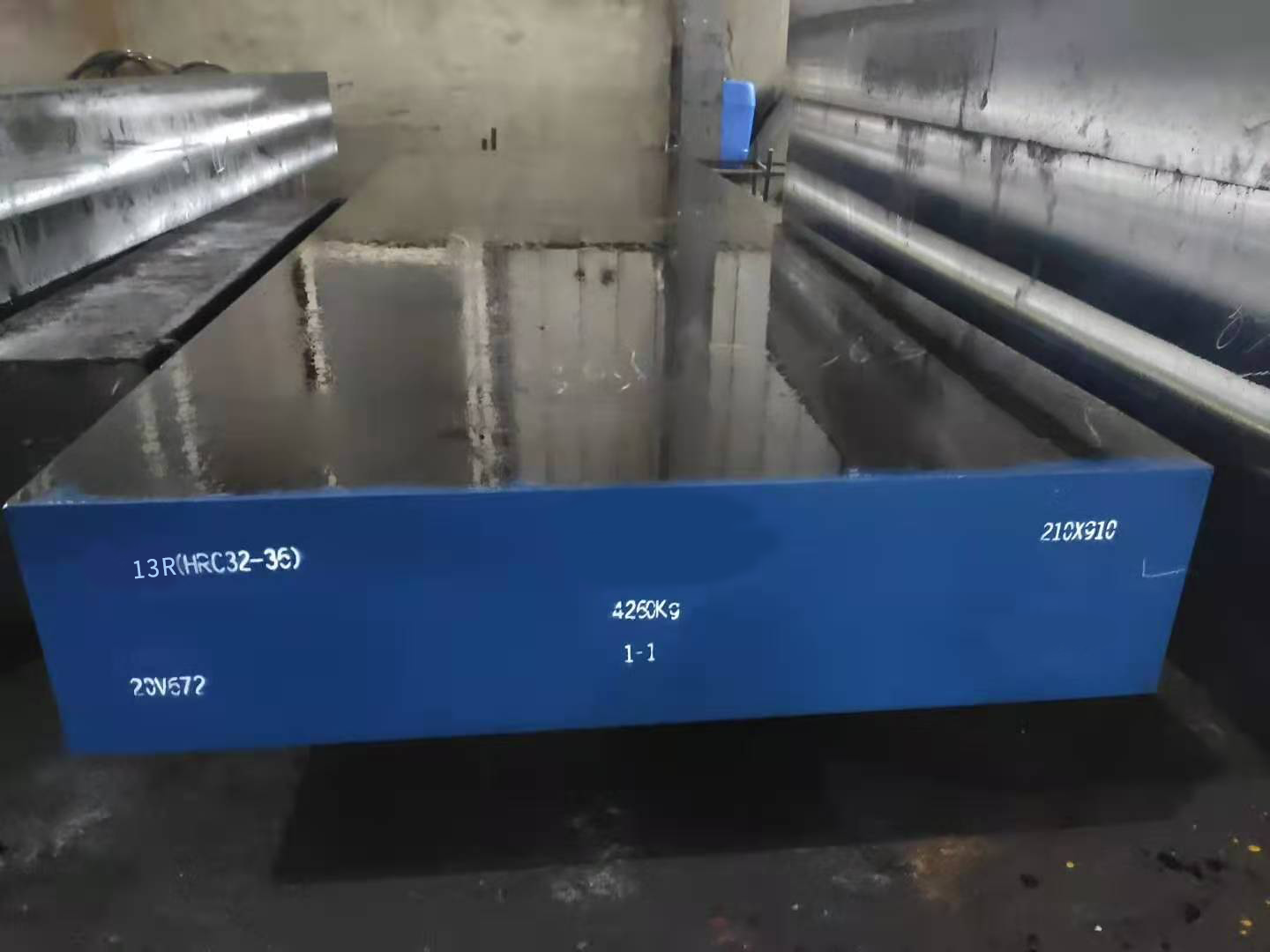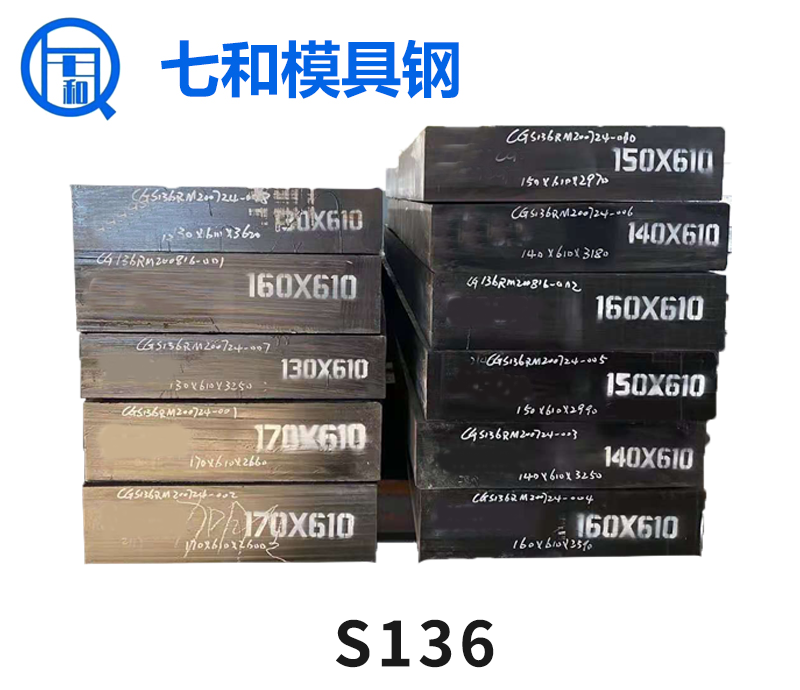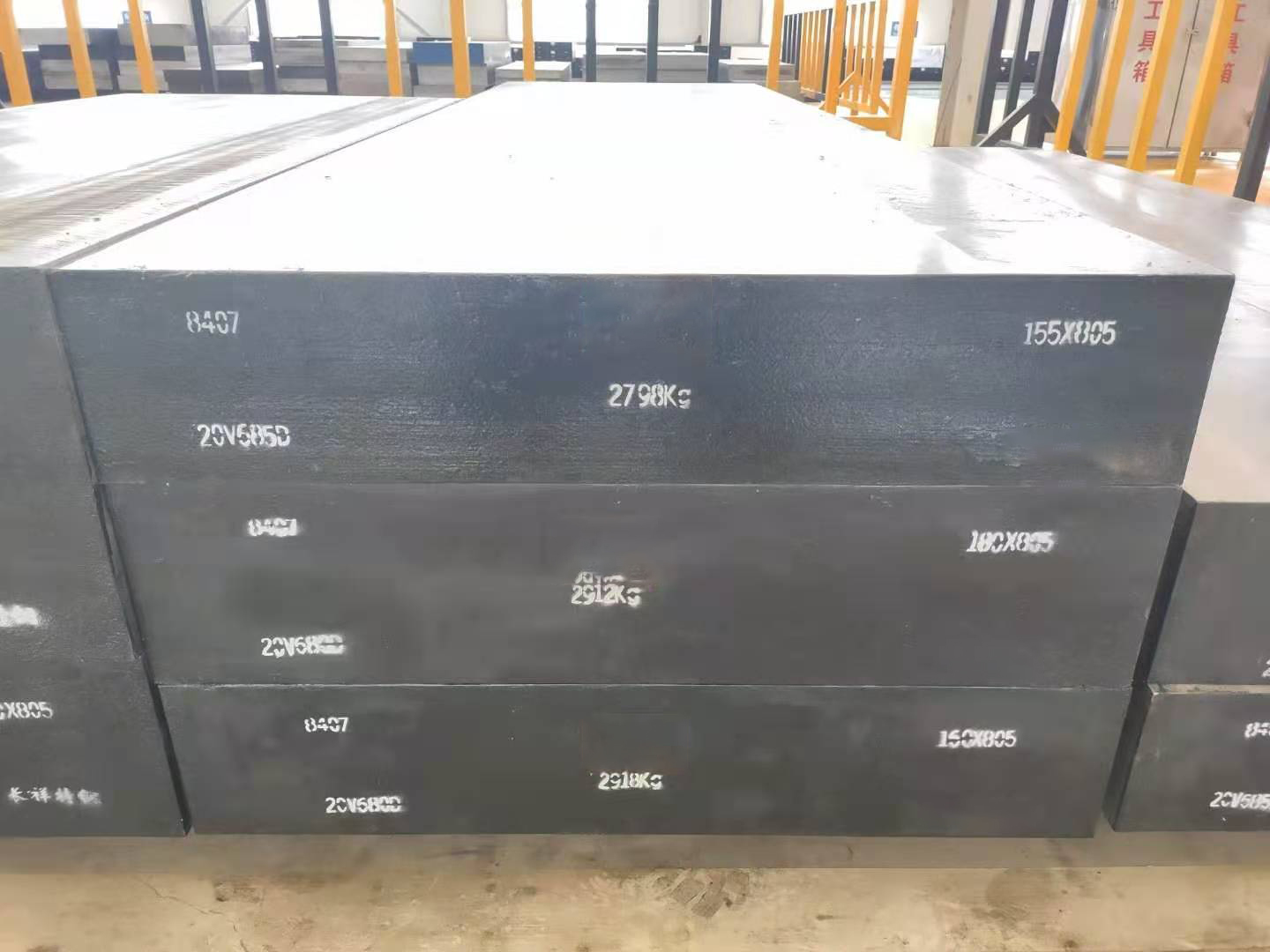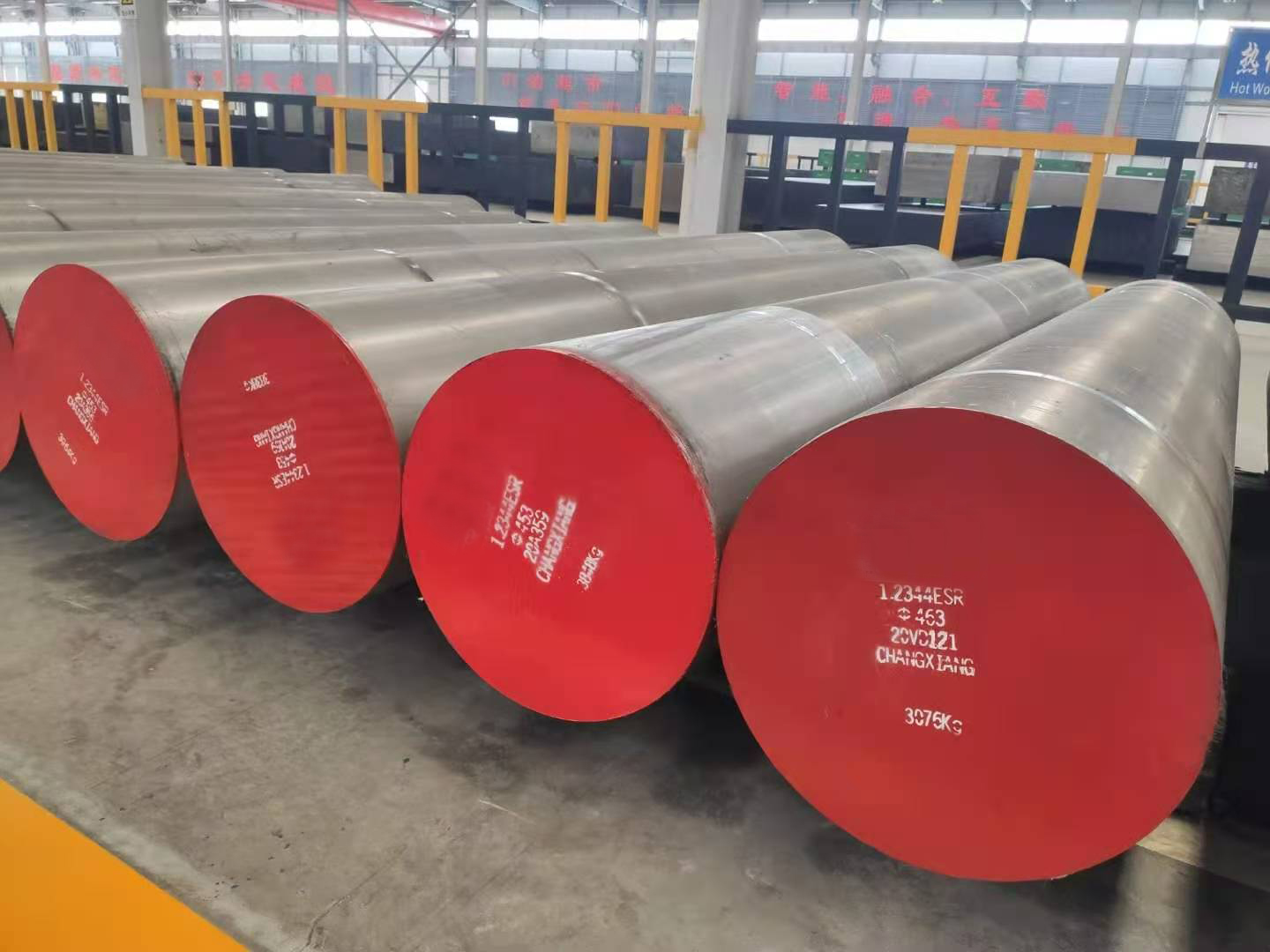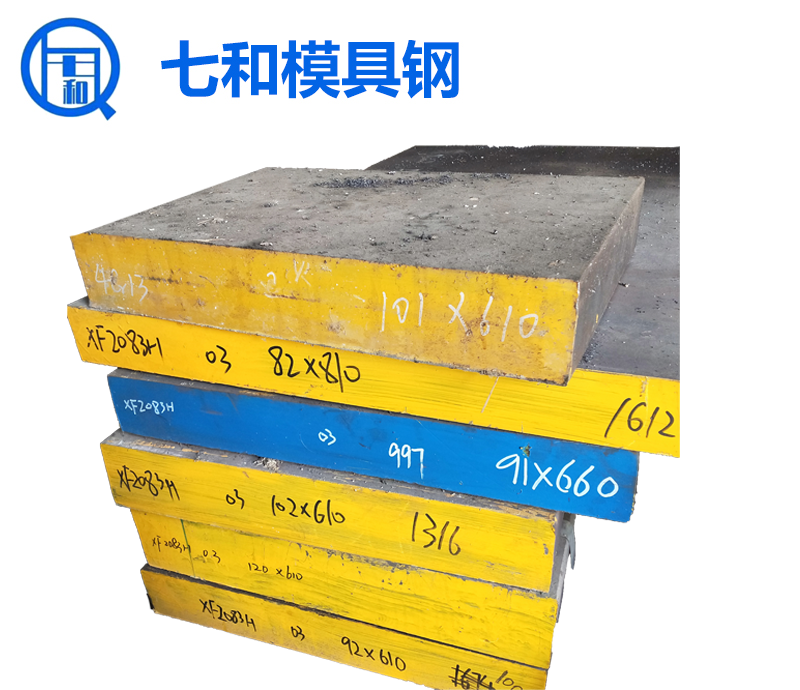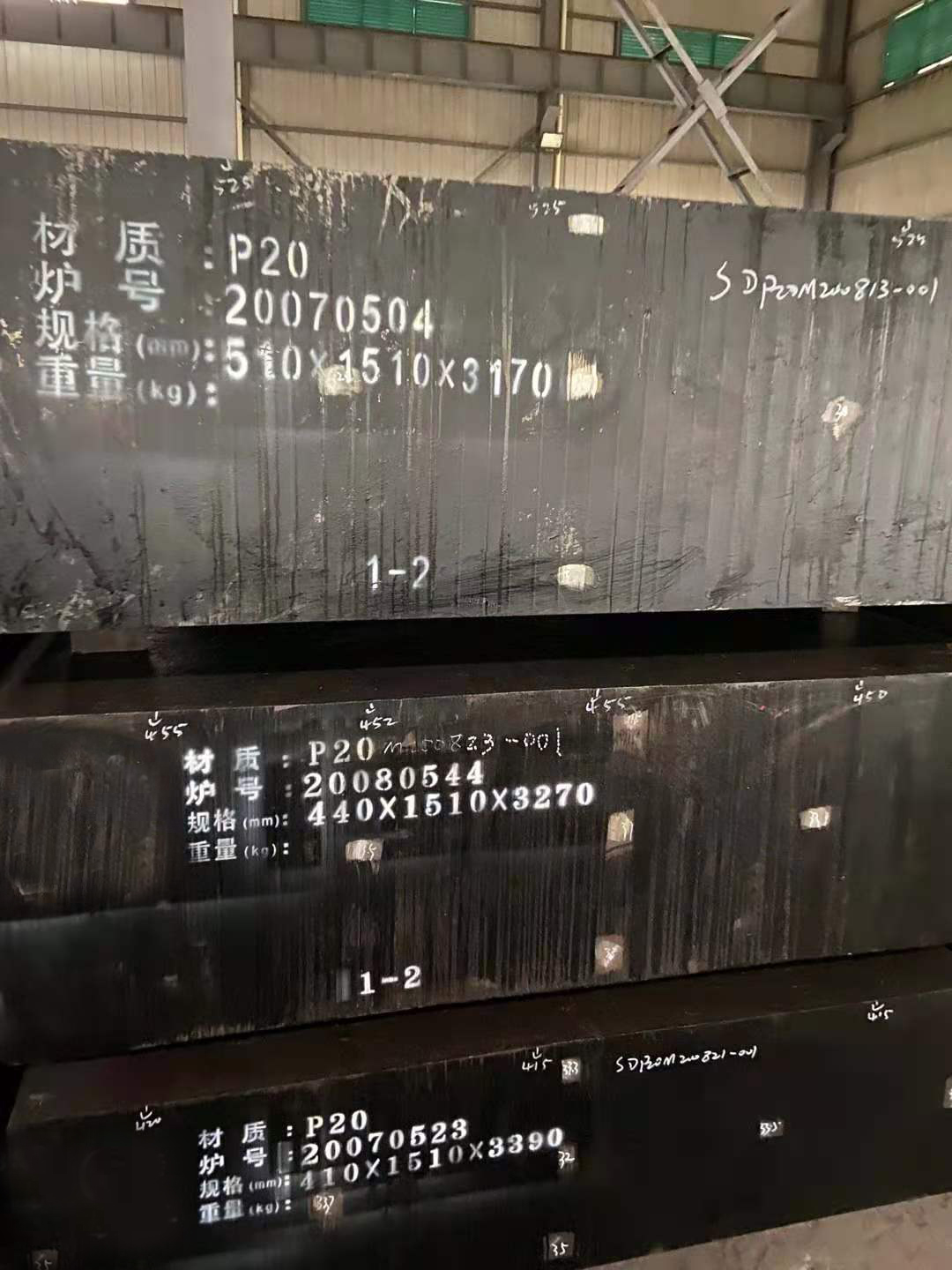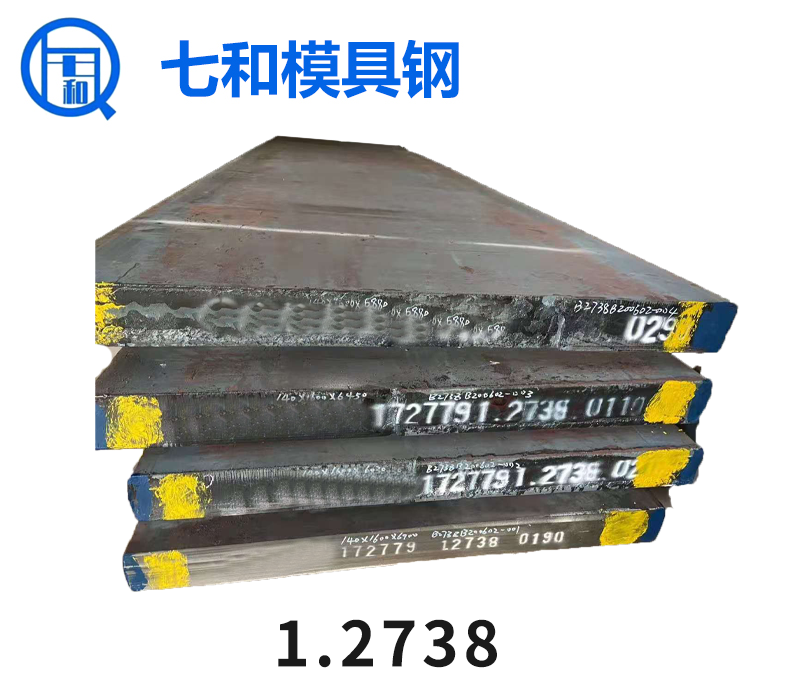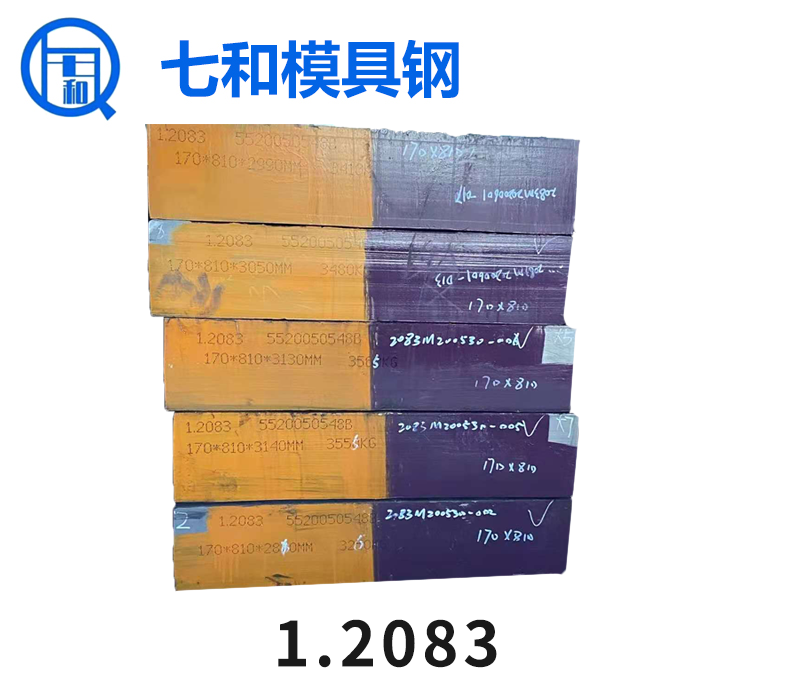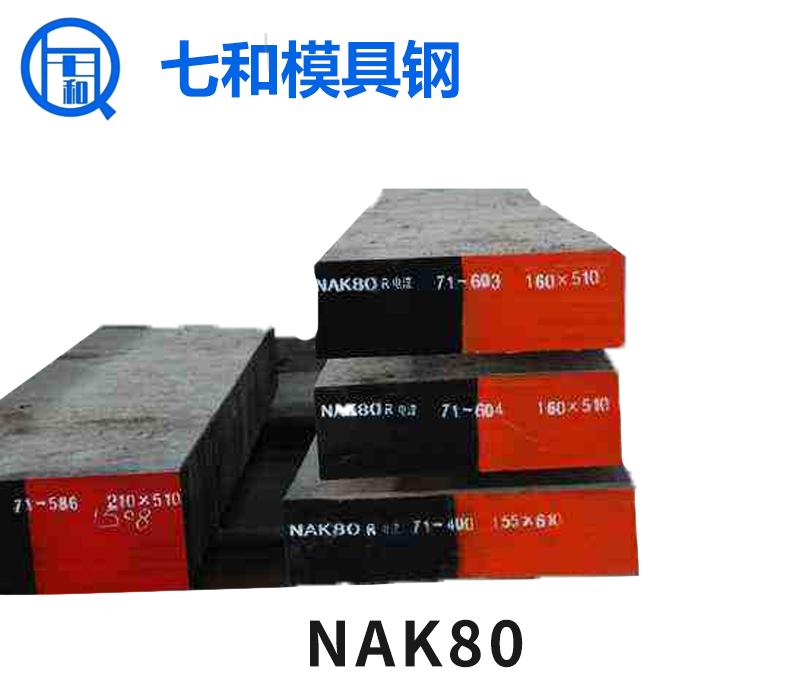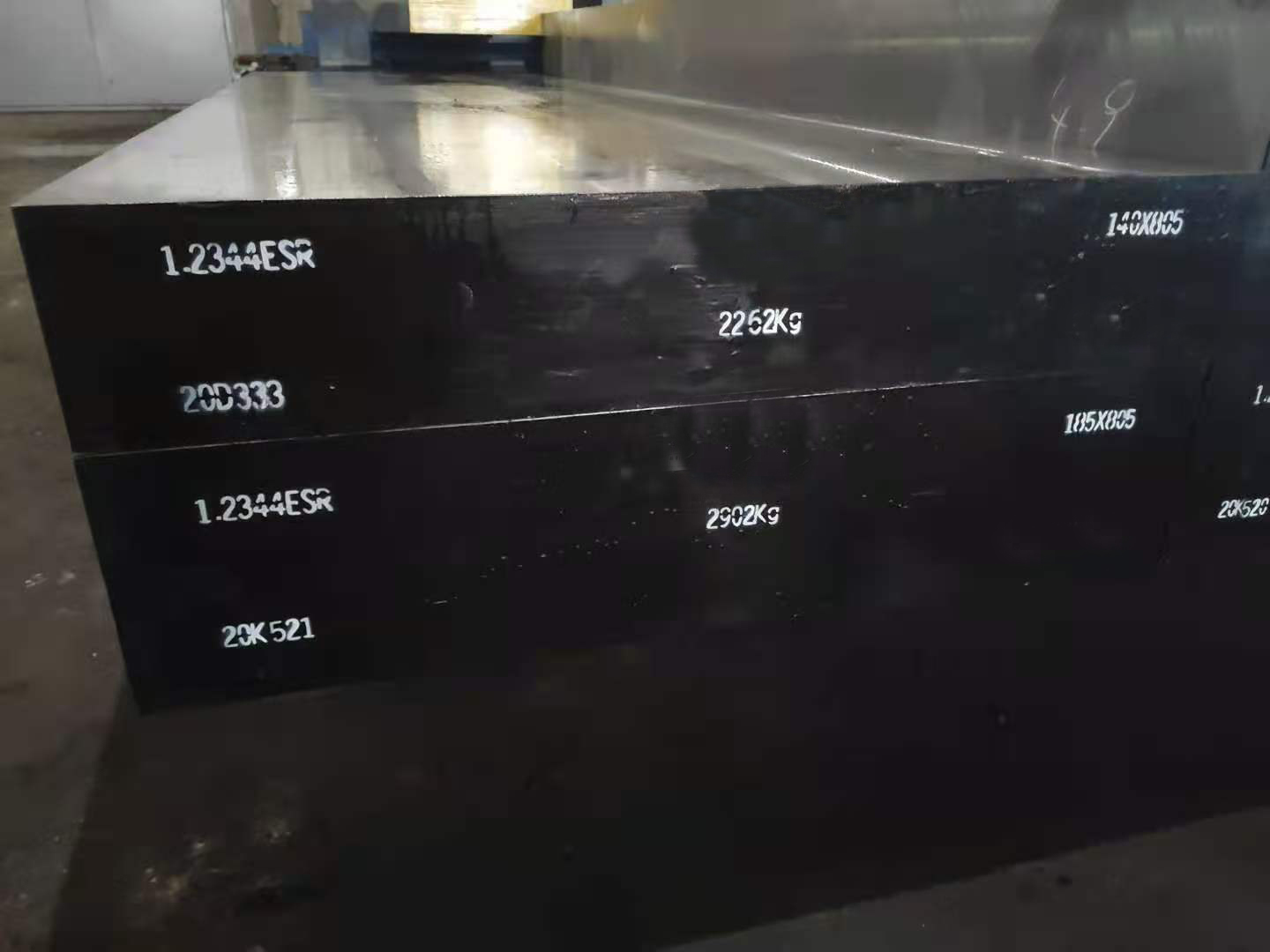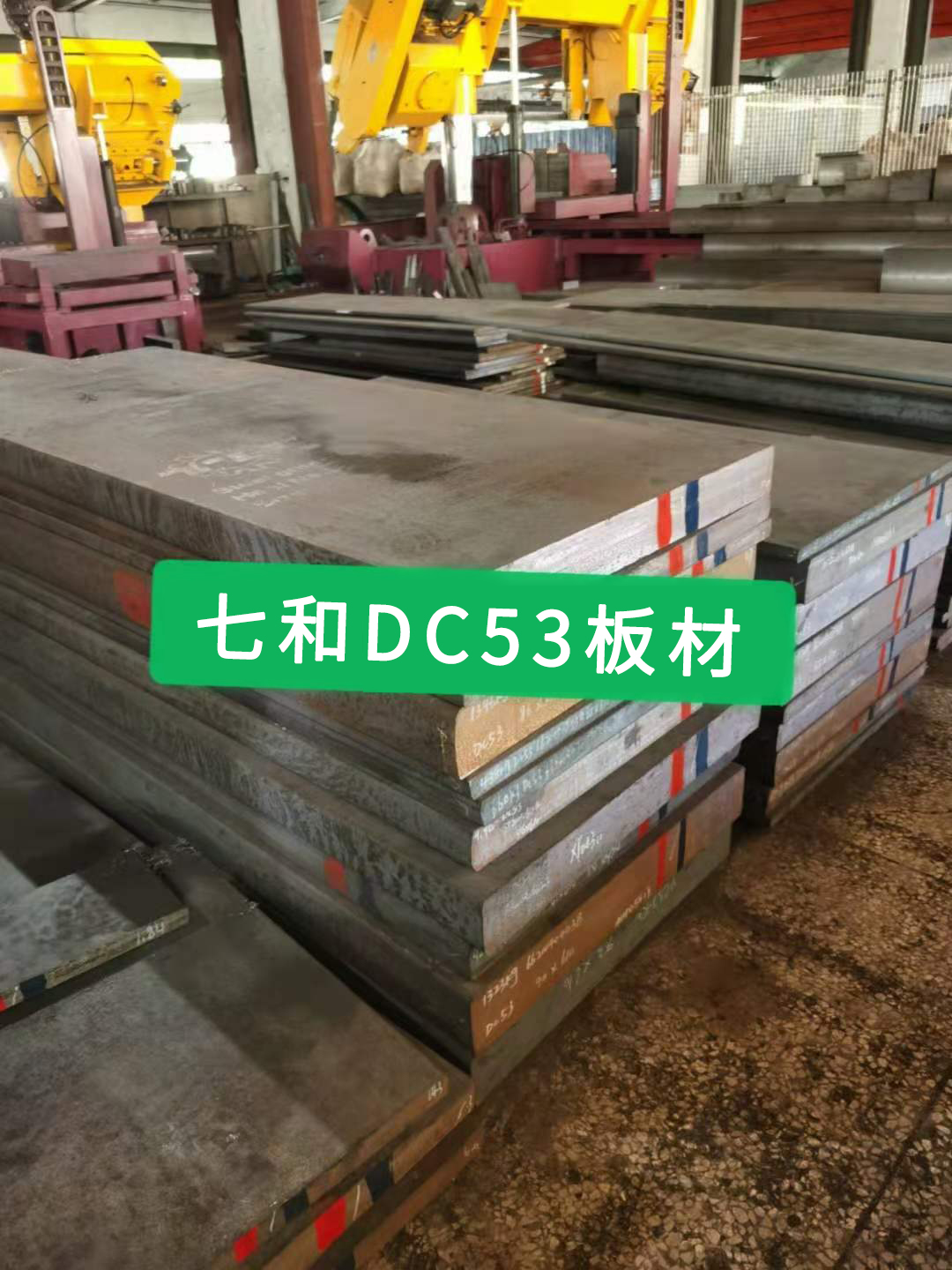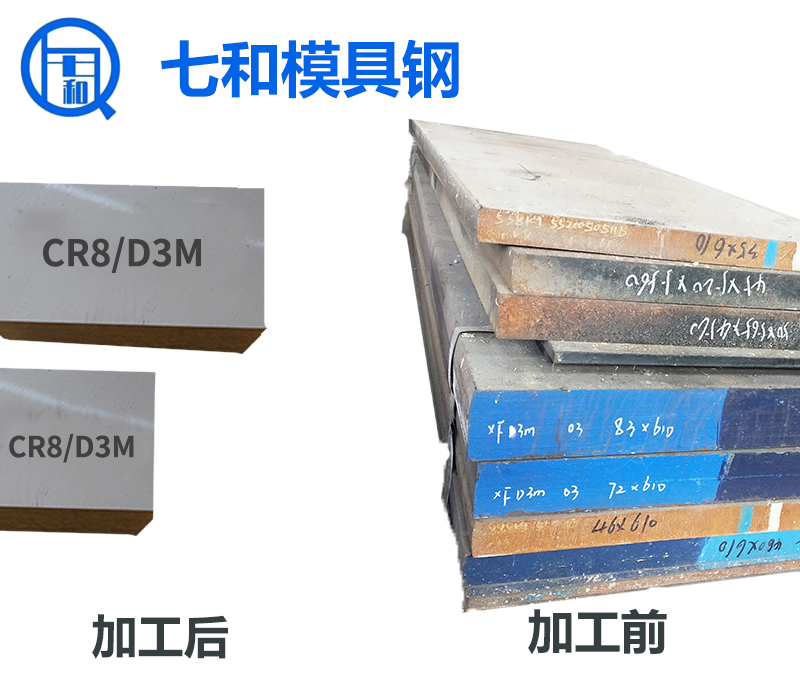冷作模具钢的工作条件:
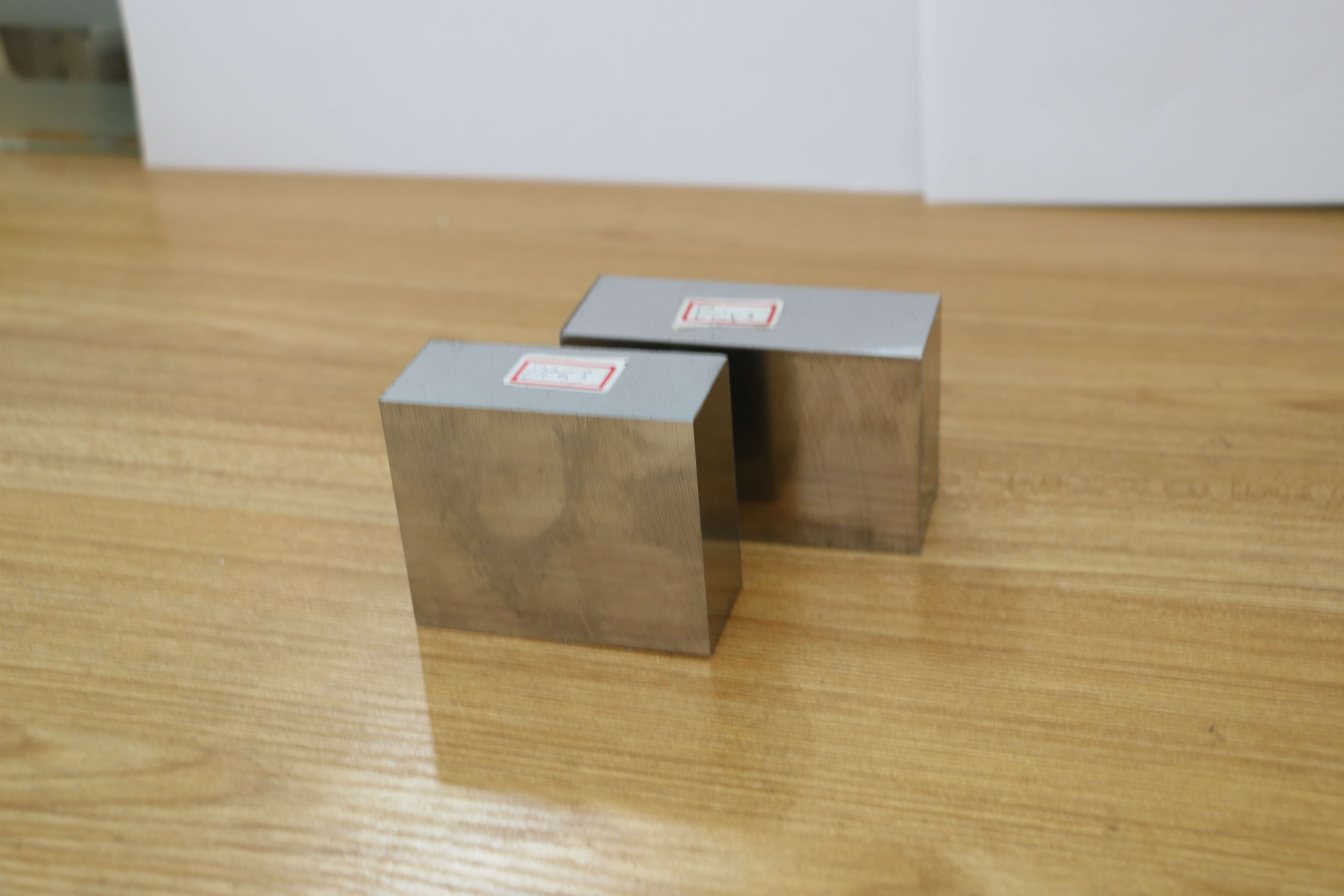
Working conditions of cold working die steel:
冷作模具钢在工作时.由于被加工材料的变形抗力比较大,模具的工作部分承受很大的压力、弯曲力、冲击力及摩擦力。因此,冷作模具的正常报废原因一般是磨损.也有因断裂、崩力和变形超差而提前失效的。
When the cold working die steel is working, the working part of the die bears great pressure, bending force, impact force and friction force due to the large deformation resistance of the processed material. Therefore, the normal scrapping reason of cold working die is generally wear and tear, and also premature failure due to fracture, collapse force and out of tolerance deformation.
冷作模具钢与刃具钢相比.有许多共同点。要求模具有高的硬度和耐磨性、高的抗弯强度和足够的韧性,以保证冲压过程的顺利进行、其不同之处在于模具形状及加I工艺复杂.而且摩擦面积大.磨损可能性大.所以修磨起来困难。因此要求具有更高的耐磨化模具工作时承受冲压力大.
Compared with cutting tool steel, cold working die steel has a lot in common. The die is required to have high hardness and wear resistance, high bending strength and enough toughness to ensure the smooth progress of the stamping process. The difference is that the die shape and the process of adding I are complex, and the friction area is large and the possibility of wear is large, so it is difficult to repair. Therefore, it is required to have a higher wear resistance, and the die bears a large impact pressure when working

又由于形状复杂易于产生应力集中,所以要求具有较高的韧性;模具尺寸大、形状复杂.所以要求较高的淬透性、较小的变形及开裂倾向性。总之,冷作模具钢在淬透性、耐磨性与韧性等方面的要求要较刃具钢高一些.而在红硬性方面却要求较低或基本上没要求(因为是冷态成形),所以也相应形成了一些适于做冷作模具用的钢种,例如,发展了高耐磨、微变形冷作模具用钢及高韧性冷作模具用钢等。下面结合有关钢种选用进一步说明。
Because of the complex shape, it is easy to produce stress concentration, so it requires higher toughness; because of the large size and complex shape of the die, it requires higher hardenability, smaller deformation and cracking tendency. In a word, the requirements of hardenability, wear resistance and toughness of cold working die steel are higher than those of cutting tool steel, but the requirements of red hardness are lower or basically not required (because it is cold forming), so some suitable steel grades for cold working die have been formed correspondingly, for example, high wear resistance, micro deformation cold working die steel and high toughness cold working die steel have been developed. The following is further explained in combination with the selection of relevant steel grades.
热作模具钢的工作条件
Working conditions of hot working die steel
热作模具包括锤锻模、热挤压模和压铸模三类。如前所述.热作模具工作条件的主要特点是与热态金属相接触、这是与冷作模具工作条件的主要区别。因此会带来以下两方面的问题:
Hot working die includes hammer forging die, hot extrusion die and die casting die. As mentioned above, the main feature of working conditions of hot working die is contact with hot metal, which is the main difference from working conditions of cold working die. Therefore, it will bring the following two problems:
(l)模腔表层金属受热。通常锤锻模工作时.其模腔表面温度可达300~400℃以上热挤压模可达500一800℃以上;压铸模模腔温度与压铸材料种类及浇注温度有关。如压铸黑色金属时模腔温度可达1000℃以上。
(l) The surface metal of the cavity is heated. The surface temperature of the die cavity can reach 300-400 ℃ or above when the hammer forging die is working. The temperature of the die cavity of the hot extrusion die can reach 500-800 ℃. The temperature of the die cavity of the die casting die is related to the type of the die casting material and the pouring temperature. For example, the temperature of die cavity can reach more than 1000 ℃ when casting ferrous metal.
这样高的使用温度会使模腔表面硬度和强度显著降低,在使用中易发生打垛。为此.对热模具钢的基本使用性能要求是热塑变抗力高,包括高温硬度和高温强度、高的热塑变抗力,实际上反映了钢的高回火稳定性。由此便可以找到热模具钢合金化的种途径,即加入Cr、W、Si.等合金元素可以提高钢的回火稳定性。
Such a high temperature will significantly reduce the surface hardness and strength of the mold cavity, and it is easy to stack in use. Therefore, the basic performance requirements of hot die steel are high thermoplastic deformation resistance, including high temperature hardness and high temperature strength, high thermoplastic deformation resistance, which actually reflects the high tempering stability of the steel. Therefore, the first way of alloying hot die steel can be found, that is, adding CR, W, Si and other alloying elements can improve the tempering stability of the steel.
(2)模腔表层金属产生热疲劳(龟裂)。热模的工作特点是具有间歇性.每次使热态金属成形后都要用水、油、空气等介质冷却模腔的表面。因此.热模的工作状态是反复受热和冷却,从而使模腔表层金属产生反复的热胀冷缩,即反复承受拉压应力作用.其结果引起模腔表面出现龟裂,称为热疲劳现象,由此,对热模具钢提出了第二个基本使用性能要求.即具有高的热疲劳抗力。
(2) Thermal fatigue (cracking) occurs in the surface metal of die cavity. The working characteristic of hot die is intermittence. Every time the hot metal is formed, the surface of die cavity should be cooled by water, oil, air and other media. Therefore, the working state of the hot die is repeated heating and cooling, which makes the surface metal of the die cavity produce repeated thermal expansion and cold contraction, that is, repeatedly bear tensile and compressive stress. The result causes cracks on the surface of the die cavity, which is called thermal fatigue phenomenon. Therefore, the second basic performance requirement of the hot die steel is put forward, that is, high thermal fatigue resistance.
上一条:
常用热作模具用钢
下一条:
模具钢中耐热钢和耐热合金的分类
